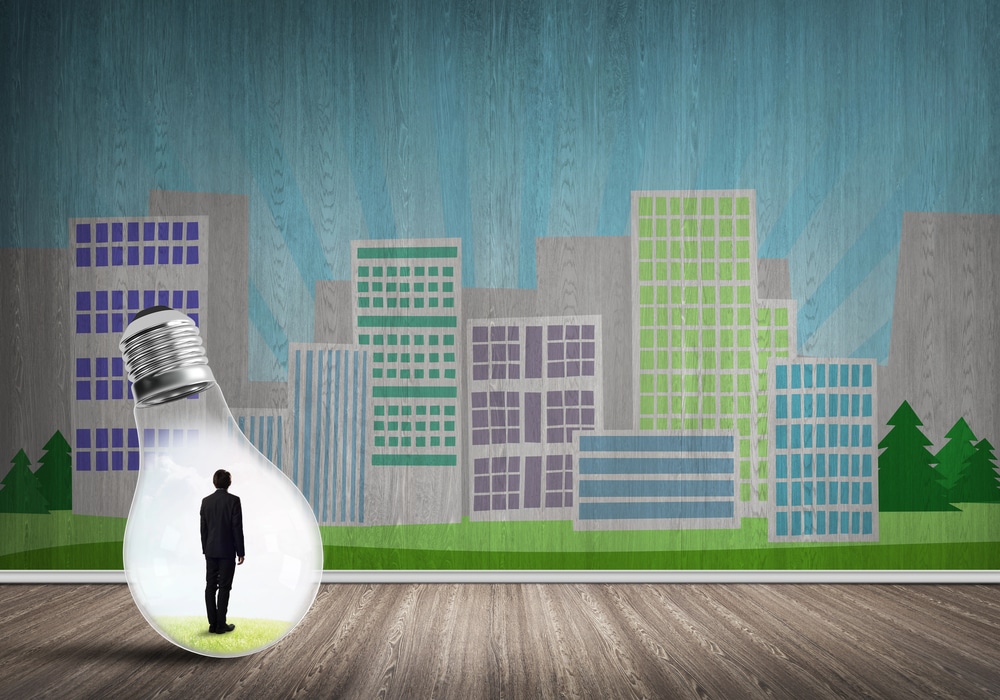
As concerns about climate change and environmental sustainability continue to grow, businesses are increasingly turning their attention towards adopting greener practices. Among these initiatives, implementing sustainable energy practices in commercial buildings stands out as a crucial step towards reducing carbon emissions and minimizing environmental impact. From energy-efficient design to renewable energy integration, let’s explore the importance and benefits of embracing sustainability in commercial building operations.
Energy-Efficient Design
The journey towards sustainability begins with the design phase of commercial buildings. Incorporating energy-efficient features such as high-performance insulation, LED lighting, and advanced HVAC systems can significantly reduce energy consumption and operational costs over the building’s lifespan. By optimizing building envelope design and incorporating passive design strategies, businesses can minimize the need for artificial heating and cooling, further enhancing energy efficiency.
Renewable Energy Integration
Transitioning towards renewable energy sources is a cornerstone of sustainable building practices. Commercial buildings can harness the power of solar panels, wind turbines, or geothermal systems to generate clean, renewable electricity onsite. By investing in renewable energy infrastructure, businesses not only reduce their dependence on fossil fuels but also contribute to a more resilient and decentralized energy grid. Additionally, incentives and subsidies for renewable energy adoption can make the transition financially viable for businesses of all sizes.
Energy Management Systems
Implementing advanced energy management systems (EMS) enables businesses to monitor, control, and optimize energy usage in real-time. These systems utilize smart sensors, data analytics, and automation to identify inefficiencies, adjust equipment settings, and prioritize energy-saving measures. By providing actionable insights into energy consumption patterns, EMS empower businesses to make informed decisions and continuously improve energy performance, ultimately driving down operating costs and environmental impact.
Green Building Certifications
Seeking green building certifications such as LEED (Leadership in Energy and Environmental Design) or BREEAM (Building Research Establishment Environmental Assessment Method) validates a commercial building’s commitment to sustainability and sets a standard for excellence in environmental performance. These certifications evaluate various aspects of building design, construction, and operation, including energy efficiency, indoor air quality, water conservation, and materials selection. Achieving certification not only enhances the marketability and reputation of a commercial building but also demonstrates corporate social responsibility and environmental stewardship.
Tenant Engagement and Education
Engaging tenants in sustainability initiatives is essential for maximizing the impact of energy-saving measures in commercial buildings. Educating occupants about energy conservation practices, encouraging behavior changes, and soliciting feedback on building performance fosters a culture of sustainability within the workplace. Collaborative efforts between building owners, property managers, and tenants can lead to shared energy savings, increased tenant satisfaction, and a more sustainable built environment.
Getting Started
Implementing sustainable energy practices in commercial buildings is not just an environmental imperative but also a sound business decision. A thorough energy audit is the first step in developing solid plans to prioritize energy efficiency in commercial buildings. The EMAT energy auditing team has the experience, knowledge, and capabilities, and the EMAT software tool to handle all of your energy audit needs. Check out the benefits of using EMAT Audit Services. To learn more, call now!